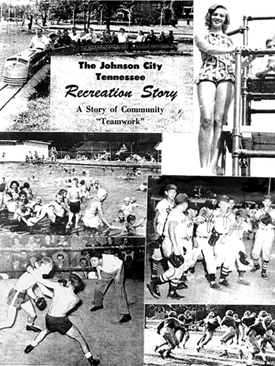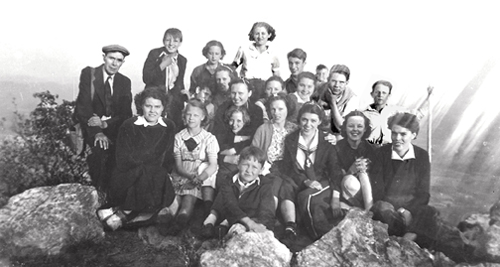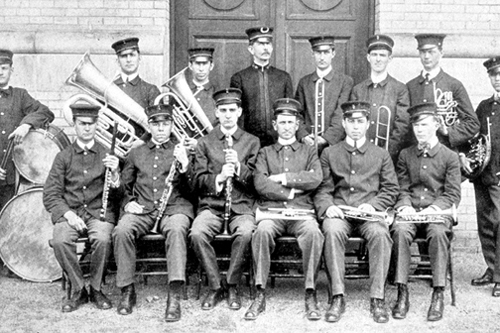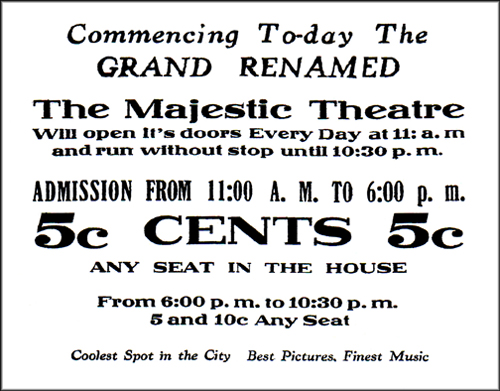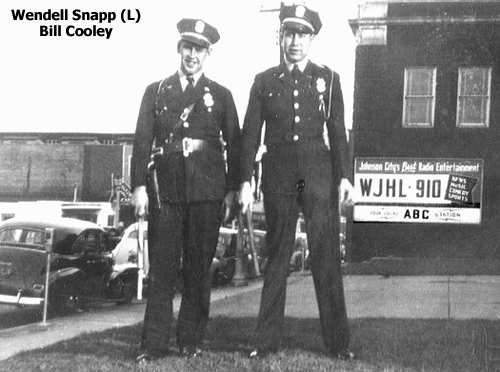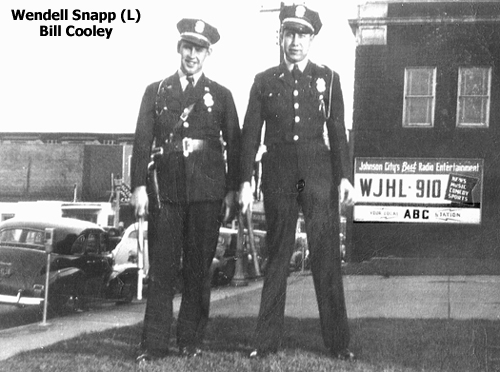Walter Birdwell brought to my attention the fact that, over the years, the Carnegie Hero Fund Commission has recognized several local inhabitants for displaying prodigious bravery in attempting to rescue someone from danger. Several lost their lives in doing so.
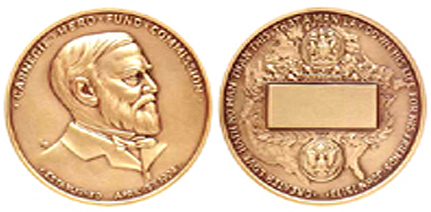
In 1904, Andrew Carnegie formed the Fund that established a two-fold mission: “To recognize persons who perform acts of heroism in civilian life in the United States and Canada and to provide financial assistance for those disabled and the dependants of those killed helping others.”
The U.S. Steel Company magnate conceived the idea after a massive coalmine explosion on Jan. 25, 1904 at Harwick, PA claimed 181 lives. The number included two brave souls who died after courageously entering the hazardous mine to save people.
Walter shared an unidentified newspaper clipping, “Johnson Citians Noticed by Carnegie,” dated January 23, 1919. It recognized the heroics of 31 people across the country at the organization’s 15thmeeting in Pittsburgh. One of them was his family member.
J. Walter Birdwell, Walter’s grandfather, lost his life on June 17, 1918 attempting to rescue two young girls, Zerena Tinnell and Viola Skutnick from drowning at Taylor Springs, Il. They were playing with two other girls when they accidentally slid into a slough that was eight feet deep. Birdwell who weighed 235 lbs. and could not swim bravely made his way eight feet to the girls but sank and drowned before he could pull them to safety. A 14-year-old girl also died attempting to rescue the pair.
Three additional Johnson Citians received the coveted Carnegie award for their acts of gallantry:
Charles E. Weaver, 39, of 808 E. Fairview Avenue rescued Hezekiah Perry in Johnson City on April 6, 1917. Perry, 33, a laborer, was tearing down the brick lining of a blast furnace when a section of it collapsed, dropping him to the floor of the furnace 42 feet below. Charles lowered himself to the victim using a rope, grabbed Perry and held him while workers pulled the two of them to safety.
William J. McNeese, 35, perished while attempting to save C. Irvin Widener, 16, from drowning on September 12, 1936. The accident took place in the south fork of the Holston River. Widener got into trouble after wading into eight feet of water. William swam out 10 feet to Widener and took hold of his shoulders with both hands. In a moment of panic, Widener threw his arms around McNeese's neck causing both men to submerge and drown.
On Oct. 16, 1987, Guy A. Keally, 36, saved Hester A. Letterman, 37. She became trapped inside her car after it became involved in a highway accident. The heroin ran to the car and noted that the rear was engulfed in flames. About that time, Hester rolled down the passenger window allowing Keally to partially enter the car. He grasped her under her arms and pulled her to safety. Mrs. Letterman required hospital treatment but later recovered.
Other East Tennessee honorees included …
James H. Johnson (Bristol, 1913, kept a man from being struck by a train).
Lawrence C. Simpson (Kingsport, 1917, perished attempting to save a man from drowning).
Dana R. Moody (Elizabethton, 1930, attempted to save a man and a woman from drowning but only able to save the woman).
Nicholas F. Owen (Bristol, 1944, died trying to keep a woman from drowning who was then saved by another person).
James E. Dowell (Bristol, 1950, prevented a woman and her toddler from being hit by an oncoming locomotive).
Farley C. Lane (Kingsport, 1965, saved a man from drowning by performing underwater heroics).
Terry G. Bailey (Jonesborough, 1994, rescued a man from a fire by forcing his way into his home and dragging him to safety).
David B. Bowery (Kingsport, 2003, dived into a river from a restaurant deck and retrieved a two-year-old girl who had fallen into a river upstream).
Lindsey A. Witherspoon (Kingsport, 2007, saved a woman from drowning after observing her inside her car sinking nose first into a frigid lake and swimming 75 feet to free her).
Mr. Carnegie put into practice John 15:13 when he chose to inscribe the words of the familiar Bible verse on all of the three-inch bronze medals that his foundation awarded to selected heroes or their families: “Greater love hath no man than this, that a man lay down his life for his friends.”
Additional information about these heroes and others is available at http://www.carnegiehero.org/search.php.

